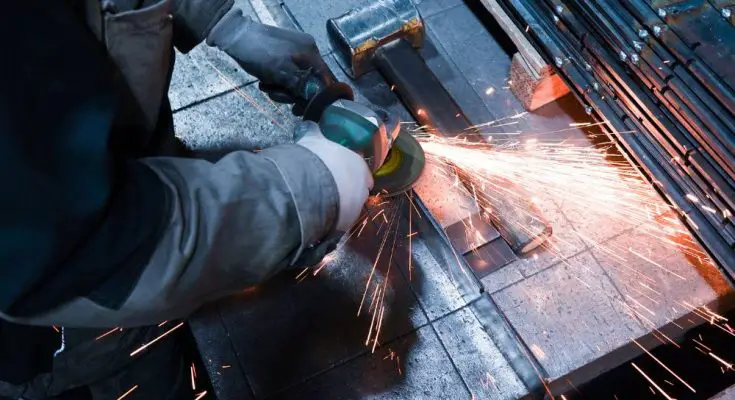When you’re performing an application at a job, finding the right tools is vital for the project’s integrity. There are a few factors to consider when selecting a tool-grade steel, so don’t make the mistake of using the wrong one. Keep reading for a complete list of properties you should keep an eye on when selecting a tool.
Hot or Cold Temperatures
Working in hot or cold temperatures will change the type of tool steel you use due to its mechanical characteristics. For example, a heat-treated tool can lose its properties if you use it in an application with high temperatures. Understand what kind of environment you’ll be working in when deciding on the right tool for your application.
Toughness and Impacts
Depending on the tool steel, certain metals can develop cracks on the tool when heavy or significant impacts happen. Understanding the differences in hardiness and toughness between tools like aluminum bronze tools vs. beryllium copper will also help you determine which one is appropriate for the job. It is important to point out that when you increase the toughness to withstand the impacts on the tool, you are reducing the hardness and fatigue resistance, so you must be wary of this when using the equipment.
Cost Concerns
Something to consider when selecting a tool-grade steel is the cost of the equipment. Some tools may have expensive alloying coatings for specific applications and jobs. Water-hardening tools are a great alternative when costs are too high because they’re more affordable yet hold excellent mechanical properties.
Tool Steel Examples & Other Considerations
Tool steels include hot- and cold-work, water-hardening, high-speed, and shock-resistant tools, among other unique properties. Other considerations to include in your search for the right tools are their magnetic properties and the ATEX zone in which you’ll work. These factors can determine the type of shock-resistant tool you use, for example. Don’t forget any of these considerations, or you could be using inappropriate equipment for your application.
Be mindful when selecting a tool-grade steel; choosing the wrong one could ruin or damage your project and equipment. If you notice the tool you’re working with is worn to failure, select something more wear-resistant next time. Keep the above considerations in mind when finding the right tools for your application.



